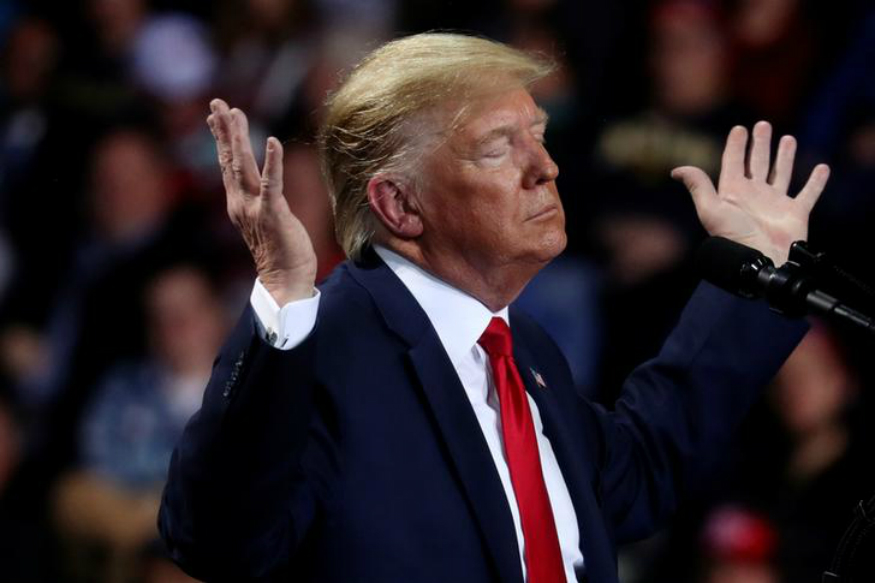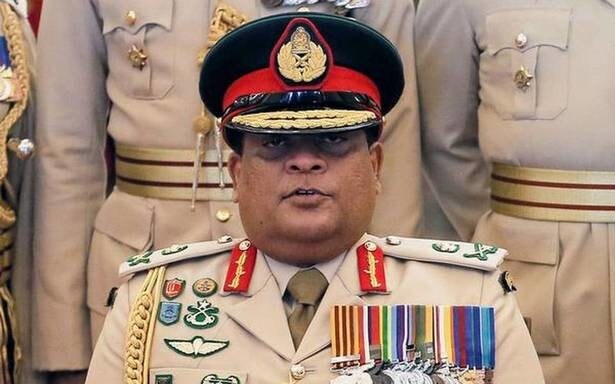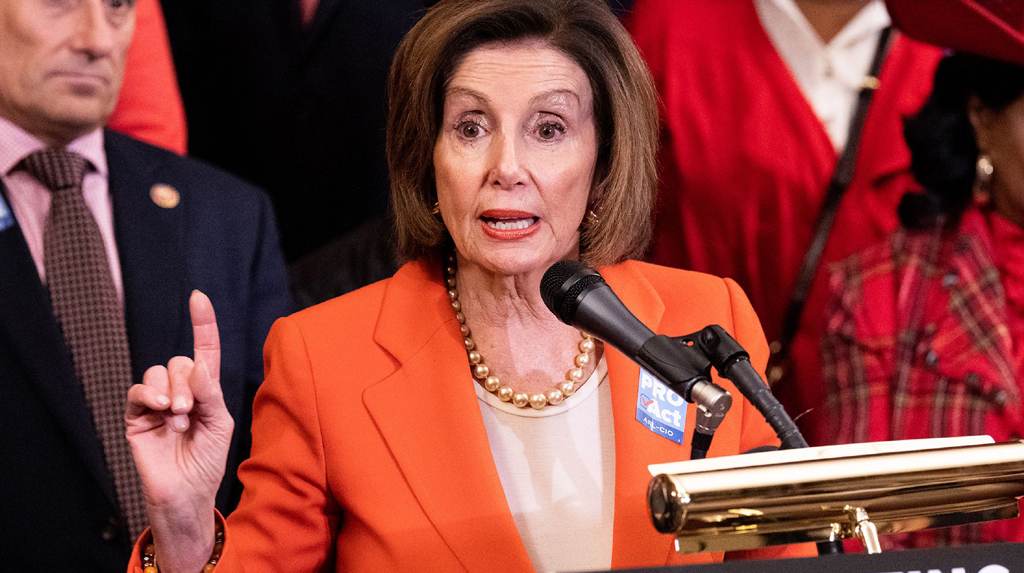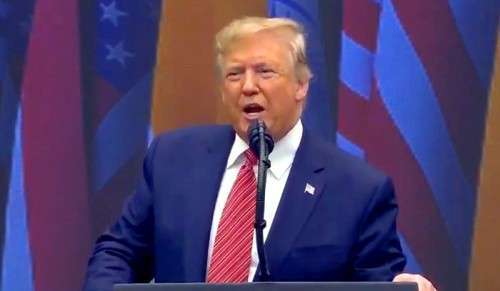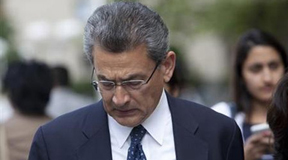 NEW YORK: Rajat Gupta, former Goldman Sachs Director and a one-time poster boy of Indians in the US, has begun his two-year jail term for insider trading while losing his appeal against paying nearly USD 14 million in civil penalties and ban on serving as a public company officer.
NEW YORK: Rajat Gupta, former Goldman Sachs Director and a one-time poster boy of Indians in the US, has begun his two-year jail term for insider trading while losing his appeal against paying nearly USD 14 million in civil penalties and ban on serving as a public company officer.
India-born Gupta, 65, will now have to pay USD 13.9 million as penalty in the US Securities and Exchange Commission’s parallel insider trading case against him, in addition to the USD five million fine in the criminal case and USD 6.2 million restitution to Goldman Sachs.
A three-judge bench of the US Court of Appeals for the 2nd Circuit on Tuesday denied Gupta’s plea to overturn the decision of the district court that had imposed a permanent injunction prohibiting the former McKinsey head from serving as an officer or director of a public company, associating with brokers, dealers or investment advisors, and further violating securities law.
The district court had also ordered Gupta to pay the USD 13.9 million civil penalty, equal to three times the profits gained and losses avoided by one-time billionaire hedge fund founder Raj Rajaratnam.
The setback for Gupta came the same day he reported to the Federal Medical Centre-Devens in Ayer, Massachusetts, to begin his two-year prison sentence on insider trading charges.
A spokesperson for the centre told PTI that Gupta had “surrendered” to the prison on Tuesday.
Gupta was undergoing routine medical tests, which could take a day to be completed.
Following the tests, Gupta will be lodged in the satellite camp near the centre.
According to initial information available on the facility’s website, Gupta has been described as a 65-year old “Asian male”.
Gupta’s appeal was denied by the appeals court, a day after hearing arguments from his lawyer Seth Waxman and the SEC.
The judges Barrington Parker, Denny Chin and William Sessions said in their order that “we find no abuse of discretion in the imposition of injunctive relief and civil penalties on Gupta by the district court. We have considered Gupta’s remaining arguments and find them to be without merit.”
“Accordingly, we affirm the judgment of the district court,” the judges said in their six-page order.
Gupta began his prison sentence after fighting a protracted legal battle to clear his name in one of the biggest insider trading schemes in US history. .
The judges said that the district court reasonably concluded that “Gupta remains well-placed to repeat his misconduct in the future.”
They added that the district court also was not wrong in imposing the treble civil penalty since “a tippee’s gains and losses avoided are ‘attributable to the tipper, regardless whether benefit accrues to the tipper.”
“The district court considered the relevant factors, including the egregiousness of Gupta’s conduct and reasonably concluded that imposition of the maximum allowable civil penalty was appropriate,” the appeals judges said.
The IIT Delhi and Harvard alumnus has been assigned to the minimum security satellite camp near the Centre, where his former business associate Rajaratnam is currently serving his 11-year jail term on insider trading conviction.
Gupta was convicted in 2012 after a jury trial of passing confidential information about Goldman Sachs to Rajaratnam just minutes after he learned about them at the financial giant’s board meetings.
According to the camp’s rules, Gupta will be able to receive family and friends on Saturdays, Sundays and federal holidays between 8:30 am to 3:00 pm while on Fridays between 2:30 pm and 8:30 pm.
Normally, only five visitors, including children, are allowed to visit an inmate at any given time.
A report last week in the New York Times had quoted retired Bureau of Prison’s Correctional Treatment Specialist Jack Donson as saying that Gupta could serve approximately 85 per cent of his two-year sentence before becoming eligible for transfer to a halfway house prior to his release date.
Although the statutory maximum halfway house is 12 months, white collar offenders with family and financial resources can expect a minimal amount of halfway house placement or direct home detention.
“Based on that, Gupta could be back home by the end of 2015. When Gupta reports to Devens, he will have fought his conviction and efforts to stay out of prison for a longer period of time than he will even be in prison,” Donson said.
The two-year prison term is the final nail in the coffin for Gupta, who rose to stellar heights in corporate America and became the poster boy of the Indian-American success story.
At age 45, he became the first Indian CEO of the consulting giant McKinsey.
He co-founded the prestigious Indian School of Business with fellow McKinsey executive Anil Kumar, who had pleaded guilty to insider trading and testified as a government witness against Gupta in his trial.–PTI


